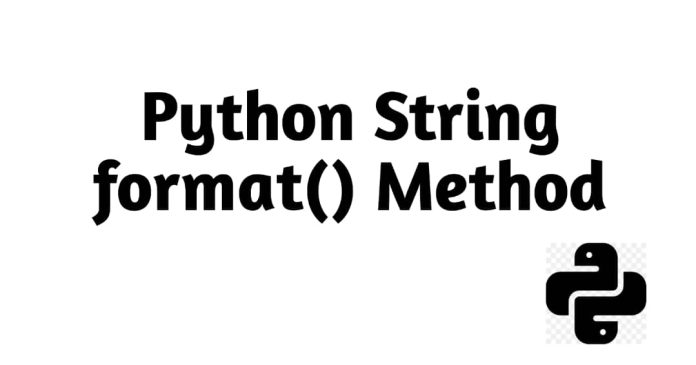The Python format() method is a versatile string formatting tool that allows embedding dynamic values within a string. It uses curly braces {} as placeholders, which are replaced by values provided as arguments. It supports positional and keyword arguments, number formatting, alignment, and padding.
Example:
name = “Alice”
age = 30
print(“Name: {}, Age: {}”.format(name, age))
# Output: Name: Alice, Age: 30
Features:
Positional and Keyword Arguments: {0}, {name}
Number Formatting: {:.2f} for decimals.
Alignment: {:>10} (right), {:^10} (center), {:*^10} (padded).
The format() method is compatible with Python 2.6+ and Python 3, offering a readable alternative to older formatting techniques



